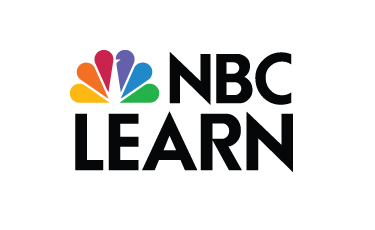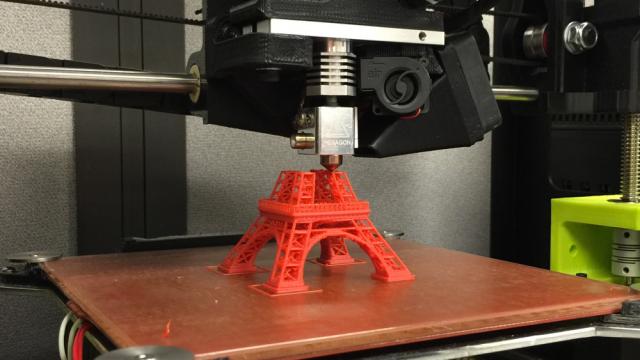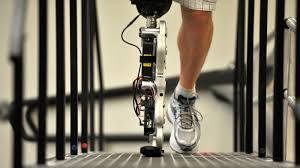About This Lesson
From the passes NHL players make to their teammates, to the shots they take to score, players in every position are constantly using geometry when playing the game. The lines, angles and curves on the ice are also examined. "Science of NHL Hockey" is a 10-part video series produced in partnership with the National Science Foundation and the National Hockey League.














